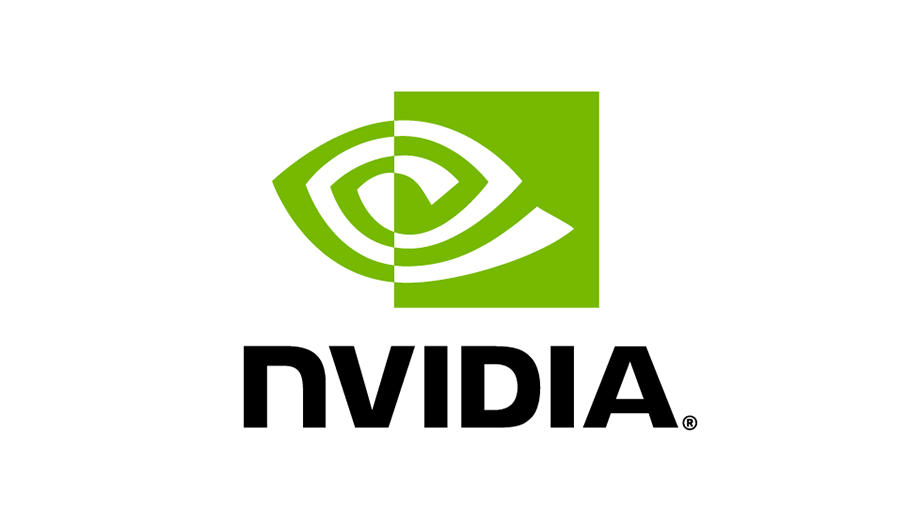Source: ReTable, Mar 2023
this Artificial Intelligent (AI) chatbot called ChatGTP is a language model whose abilities are constrained by the quality and quantity of data it has been trained on. To understand the reason for this incapability and how ChatGPT works, it is better to take a closer look at ChatGPT’s (Chat Generative Pre-trained Transformer) underlying technology. ChatGPT is a text-based language model that has been developed based on limited data.
ChatGPT is Better at Generating Human-Like Responses Than Doing Perfect Math Calculations
Another point is that since ChatGPT is a text-based program, it has been trained to communicate with and generate human language. The AI language model of ChatGPT has been structured to develop and form itself based on human feedback. This concept is called “next word prediction” or “language model”.
As an AI language model, ChatGPT is designed to process and generate natural language responses that sound like they were written by a human. This is achieved through the use of large amounts of training data, which allows the model to learn the patterns and structures of human language.
On the other hand, perfect math calculations require a high degree of accuracy and precision, and the ability to perform complex mathematical operations quickly and efficiently. While AI models like ChatGPT can certainly perform math calculations, they may not always be as accurate or efficient as dedicated math software or hardware.
Furthermore, the primary goal of ChatGPT is to simulate human-like conversations, which often involve more than just providing factual information. Conversations can involve humor, sarcasm, emotions, and other human-like qualities that cannot be captured through math calculations alone.

What is Language Model?
Essentially, a language model is a computational model that is trained on a large corpus of natural language data, such as text or speech.
The goal of a language model is to be able to predict the next word or sequence of words in a sentence or phrase, based on the context of the previous words. This is accomplished through the use of statistical and machine learning algorithms, which allow the model to learn the patterns and structures of human language.
The Language Model used by ChatGPT can be defined as determining the probability of which word comes next based on text data and statistics. In this way the AI language model can generate a relevant and satisfying response to your question.
With the language model, the chatbot forms its answer based on your words using transformer technology, which means it is sensitive to what you write and how you express yourself. In other words, ChatGPT is a text-based language model, not a calculator or a math genius. Just like us, its knowledge and ability are limited to the scope of the data it has.
Can We Trust ChatGPT?
After having mentioned all of these limitations of ChatGPT, it is a very natural question “Can we trust ChatGPT in math?”.
The power of ChatGPT and such AI language models comes from their ability to generate human-like responses, not their accuracy. From that point, the probability of inaccuracy in math while using ChatGPT shouldn’t be a surprise; however, inadequate expressions or grammatical errors would be such a shock.








